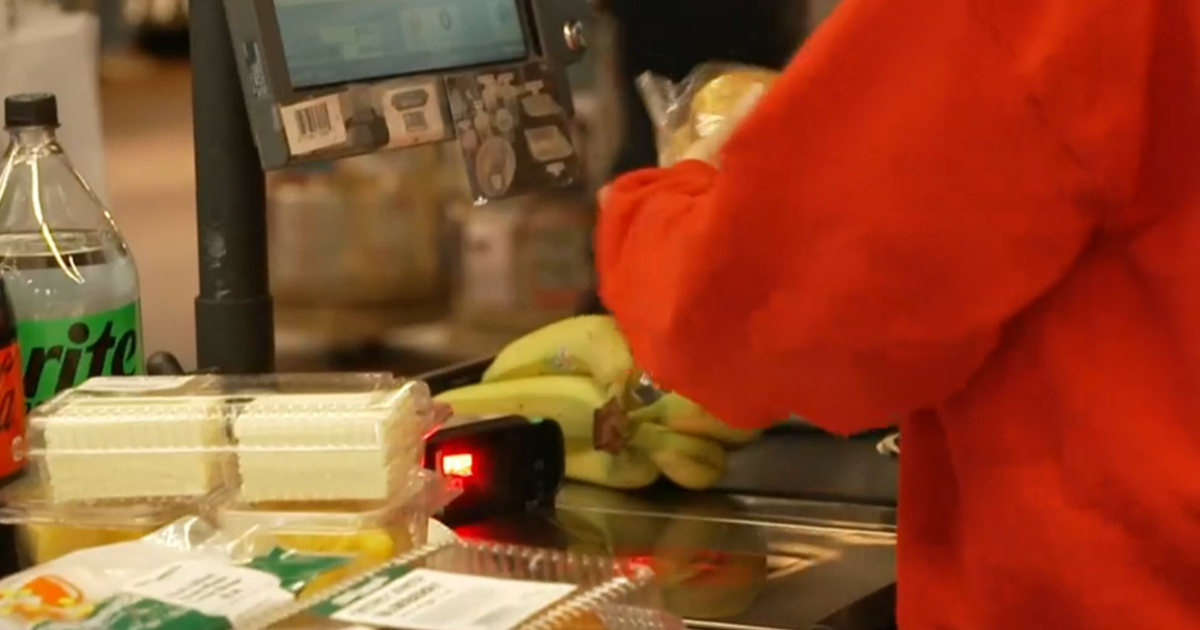
**Rising Grocery Prices and Shrinkflation Impacting Shoppers in Santa Monica, California**
It’s no secret that a trip to the grocery store is costing more these days. Food prices grew by half a percent from July to August, according to data from the U.S. Bureau of Labor Statistics Consumer Price Index (CPI) — marking the fastest monthly change since the fall of 2022. Overall, grocery prices in August rose 2.7% compared to one year ago, based on the CPI figures.
Food industry analyst Phil Lempert, editor of SupermarketGuru, told CBS News that “tariffs have a huge impact on grocery prices.” Lempert points to three primary reasons behind the rising grocery costs in America: tariffs implemented during the Trump administration, climate change, and labor shortages.
“We can’t grow our food where we used to,” Lempert explained regarding the effects of climate change. “Now it’s had to move to Central and Latin America. Number two is the labor shortage. And then third is our tariffs.”
One of the products witnessing some of the biggest price jumps is coffee, which has increased by 21.7% compared to last year, according to the CPI. Lempert elaborated, “We got 50% tariffs on coffee from Brazil, and we import about 35% of our coffee beans, unroasted, from Brazil. Yes, coffee’s going to get more expensive.”
In addition to price increases, Lempert warns consumers to prepare for “shrinkflation”—a practice where food and product manufacturers keep prices the same but reduce the size of items. This means consumers ultimately pay more for less.
A September 2024 analysis from Lending Tree found that about one-third of approximately 100 common consumer products have shrunk in size or servings since the start of the pandemic. As an example, Lempert pointed to coffee bean packets in a Santa Monica grocery store, which used to be sold in 16-ounce sizes but are now only 10.5 ounces.
“What they’re doing is trying to put less in the package, hoping that you and I are not going to observe that, and keep that price either stable or just slightly increased,” Lempert explained.
According to Lempert, shrinkflation is “absolutely not” going away anytime soon. He notes that the rise in prices is changing consumer behavior, with more shoppers opting for less expensive store brands, shopping at multiple stores to find deals, and buying in bulk.
To help consumers manage costs, Lempert offers these practical tips: “No. 1, always have a shopping list. Don’t waste food. Take doggy bags from restaurants, use leftovers, freeze leftovers. And then, obviously, use your coupons. Use your frequent shopper card. Do everything you can to compare prices before you head to the store.”
With grocery prices continuing to rise alongside factors like tariffs, climate change, and labor shortages, being strategic when shopping has never been more important for consumers in Santa Monica and beyond.
https://www.cbsnews.com/news/rising-grocery-prices-could-lead-to-shrinkflation-food-industry-analyst-says/




